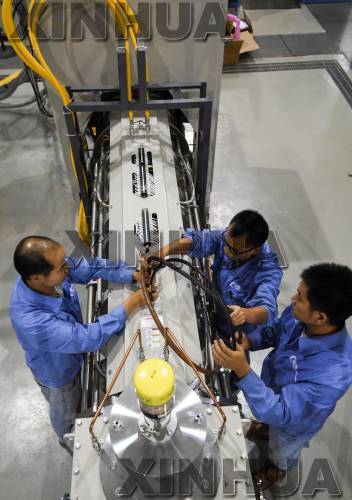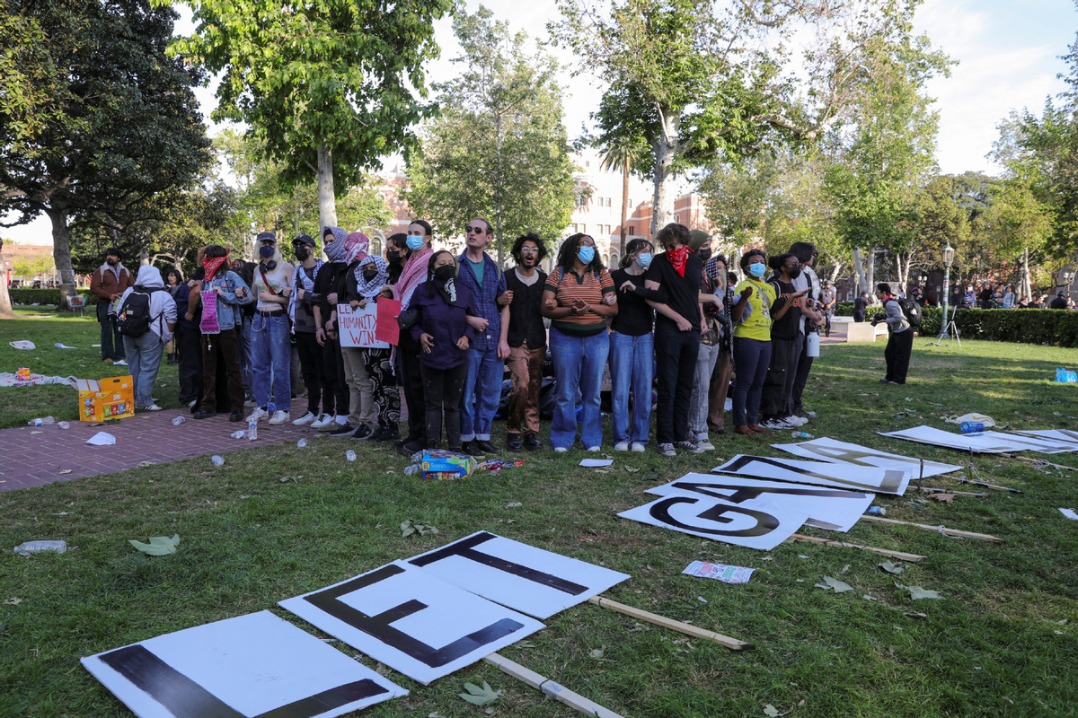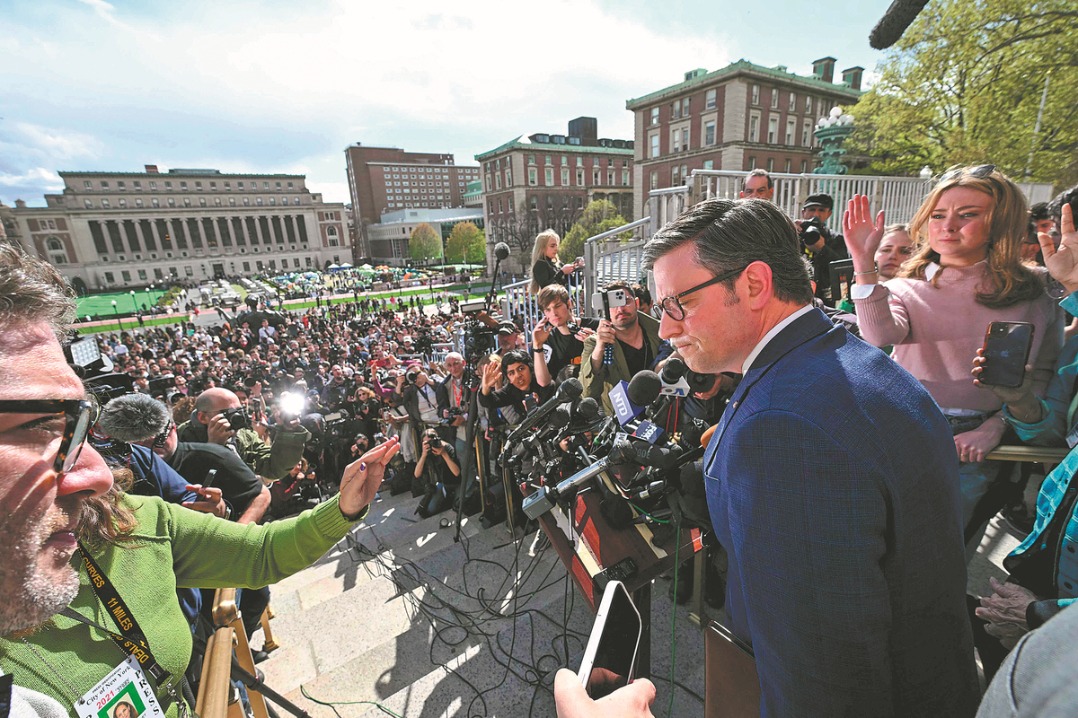'Super microscope' access in high demand
By Zhang Zhihao | China Daily | Updated: 2019-07-11 09:49

CSNS has three neutron instruments in operation, which are used to measure the interactions between neutrons and test samples. Liang said the institute plans to design and build at least 16 new neutron instruments in the future, allowing more users to run more complex experiments.
"The results from the experiments will be invaluable in improving industrial capabilities in the Guangdong-Hong Kong-Macao Greater Bay Area," he said. "They will also help solve many key scientific challenges that are limiting our industrial and socioeconomic development."
One example of a major application is improving the efficiency of lithium cell batteries.
"We can use the facility to examine how lithium ions move and change during charge and discharge, thus finding new ways to optimize and improve battery design at the atomic level," Liang said.
The ultraprecise results delivered by CSNS are also useful in making stronger steels, new superconducting materials, thin-film solar cells and new medicines.
China is the fourth country - following the UK, the United States and Japan - to master such technology. Switzerland has a different type of spallation neutron source, and European countries are teaming up to build a new facility in Denmark.
In late February, the institute and City University of Hong Kong launched a joint laboratory dedicated to expanding scientific cooperation in fields related to neutron scattering technologies.
They also agreed to build more neutron instruments for applications, train more talent and jointly improve research capabilities, Chen Hesheng, CSNS chief engineering director, said at the launch ceremony.
Liang said CSNS will continue to serve as a platform for global collaboration and allow scientists and companies from around the world to jointly make breakthroughs in basic sciences and industrial applications.
"The community of advanced neutron sources has a historical tradition of cooperation," he said. "If we can put aside our differences and work together, the opportunities for discovery are endless."
























